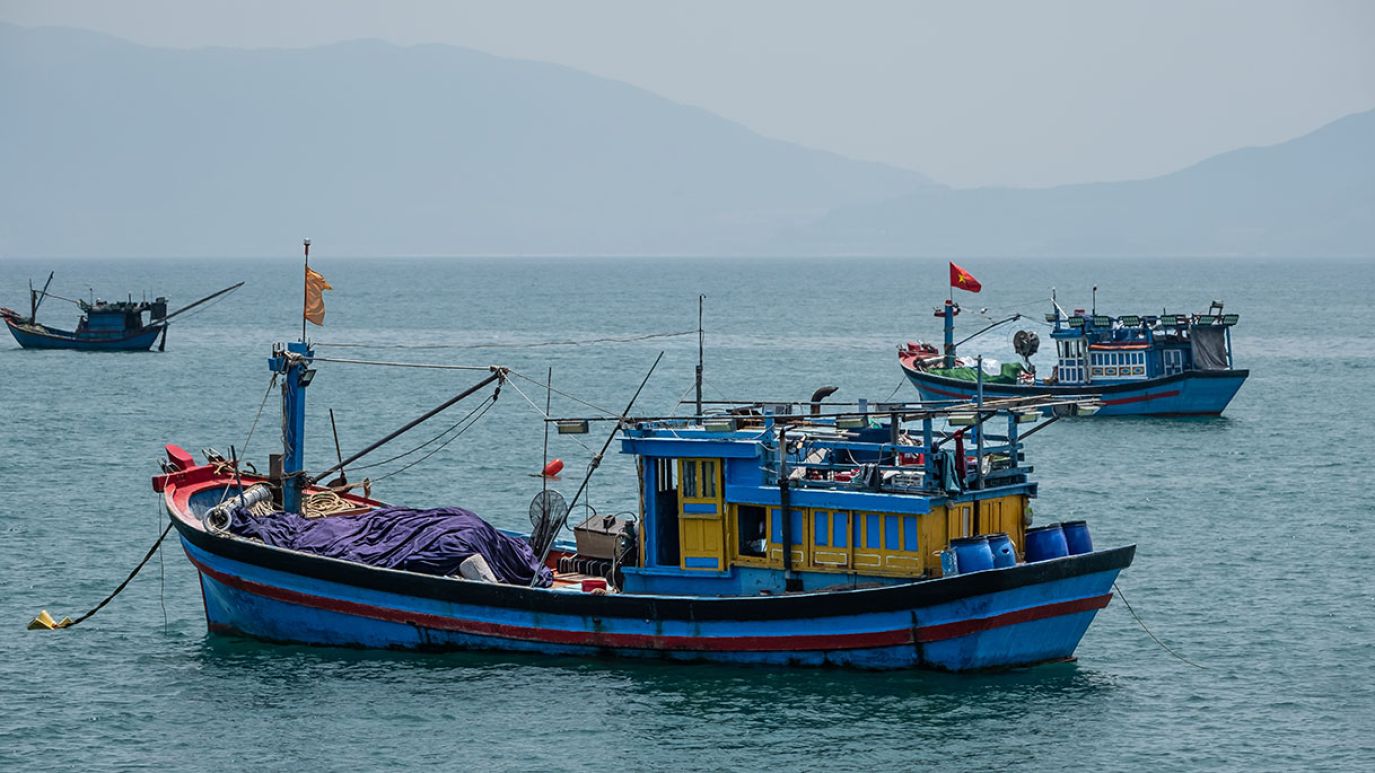China and Vietnam Play Down Disputes in the South China Sea

On 29 September, a Vietnamese fishing boat clashed with Chinese maritime law enforcement ships in the disputed waters around the Paracel Islands in the South China Sea (SCS). Vietnamese state media reported that Chinese law enforcement personnel boarded the fishing boat and beat the crew, seriously injuring four of them. The Vietnamese Foreign Ministry filed a diplomatic protest with the Chinese embassy in Hanoi. Beijing, in turn, accused the Vietnamese fishing boat of “illegal fishing” in Chinese territorial waters and released a video showing the Vietnamese crew attacking Chinese law enforcement personnel with knives, injuring two Chinese nationals.
This incident, however, has not impacted high-level diplomatic exchanges between Beijing and Hanoi. Pamir assesses that the two governments share an interest in preventing their disputes in the SCS from negatively affecting the overall bilateral relationship. In this strategic context, both China and Vietnam are likely to ensure that any incident in the SCS involving the two countries will not escalate.
After the 29 September incident, General LUONG Cuong, the fourth-ranked member of the Politburo of the Communist Party of Vietnam (CPV) who was appointed the President of Vietnam on 21 October, visited Beijing and met with Chinese President XI Jinping on 11 October. A day later, Chinese Premier LI Qiang, the second-ranked member of the Politburo Standing Committee of the Chinese Communist Party (CCP), made his first official visit to Hanoi where he met with CPV General Secretary TO Lam and the Vietnamese Prime Minister. The two sides reportedly signed 10 agreements of cooperation in various areas, including agricultural trade and cross-border railway links. Both Chinese and Vietnamese post-visit official press releases briefly mentioned that the two sides “are committed to adequately controlling differences..., avoiding actions that complicate the situation, and jointly maintaining stability at sea.”
Vietnam Expands Area of Control in the South China Sea
The bilateral diplomatic fanfare took place as Vietnam expands land reclamation in the SCS at an unprecedented rate. Vietnam now controls the largest territory in the region among the seven claimants with 29 islands and reefs.
- Five years ago, Vietnam held over 328 acres of reclaimed land in the SCS. Between 2022 and 2023, Vietnam added 743.79 acres.
- According to a report published in June 2024 by the Asia Maritime Transparency Initiative of the Center for Strategic and International Studies, Vietnam reclaimed 692 acres of land on 10 islands and reefs in the SCS between November 2023 and June 2024.
- The total area of Vietnam’s reclaimed land in the SCS is now approximately half that of China’s.
- Meanwhile, Vietnam has constructed additional military facilities, such as airports and radar stations, on the reclaimed land.
China has been mostly quiet about Vietnam’s aggressive building effort and has not blocked it. It is widely believed that China’s handling of the Vietnamese situation in the SCS reflects Beijing’s interest in preventing Hanoi from aligning with Washington in the latter’s competition with Beijing. It should be noted that the Vietnamese government has likewise emphasized the need to maintain a positive relationship with China.
- On 20 August, at the conclusion of Vietnamese leader To Lam’s visit to China, Beijing and Hanoi issued a joint declaration in which “the Vietnamese side reiterates that it always views its relations with China as the first priority in Vietnam’s independent, all-round, and diversified foreign policy.” This statement was repeated in the 14 October joint declaration published at the conclusion of Chinese Premier Li Qiang’s visit to Vietnam.
- The 14 October joint declaration also noted that both Beijing and Hanoi “stressed [the need] to better manage and proactively resolve maritime differences and maintain peace and stability in the SCS and the [Indo-Pacific] region.” They “insist on properly managing differences through friendly consultations and proactively seeking…fundamental and sustained solutions…that are acceptable to both sides.”
A Tale of Two Countries
Beijing’s approach toward Vietnam’s SCS activities is sharply different from its confrontational approach toward the Philippines. The latest example took place on 8 October when China’s coast guard vessels fired water cannons to block a resupply mission by Philippine ships in the disputed Scarborough Shoal area. Pamir assesses that the main reason for the different approach is that Beijing perceives the Philippines’ Marcos administration to be inherently hostile toward China. The Chinese government believes that the Philippines’ activities in the SCS are part of a larger U.S. effort to contain China.
- The Philippines has made nine military bases accessible to the United States, including some that are proximate to Taiwan.
- The Philippines' joint military exercises with the United States and its allies have become routine. On 28 September, the Philippines joined the U.S., Australia, Japan, and New Zealand in a naval exercise in the SCS. On 7 October, the Philippines joined the U.S., Australia, Japan, France, and Canada in a large naval exercise in the waters north of the Philippines’ Luzon Island, which is situated across from Taiwan.
- At the 11 October summit meeting of the Association of Southeast Asian Nations (ASEAN), Philippine President Marcos reportedly accused China of harassment and intimidation in the SCS. Chinese Premier Li did not meet President Marcos on the sideline of the summit, which also failed to issue a joint declaration on the SCS due partly to China’s opposition. China has been ASEAN’s largest trading partner for the last 15 years.
China’s 5G influence in developing economies
China’s Belt and Road Initiative and its digital counterpart, the Digital Silk Road, threaten to displace US telecom and tech companies in developing economies in Africa, Latin America and the Middle East. How can US operators and network providers stand up to the challenge?